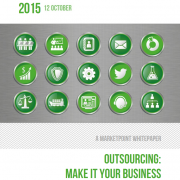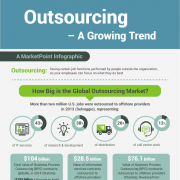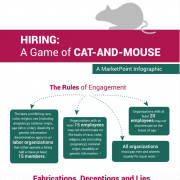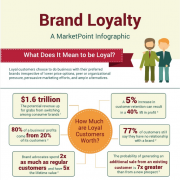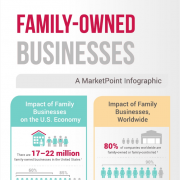The Magic 500
Five Hundred. It seems to be the magic number on LinkedIn. At 500 connections, the site stops counting. “500” means “you’ve arrived” – you are part of the elite, those who constitute the upper crust of business’ primary social media site. When you pass 500, your number freezes at “500+.” You may have 501 connections, or five-hundred-thousand. It doesn’t matter anymore. Up here, you’re all equal. The competition ends.
But that magic 500 number carries a stigma for some, especially the infrequent users. To them, 500 seems unachievable. We often hear clients ask, “How many contacts should I have on LinkedIn?” And while we hate to be evasive, it’s a tough question to answer.
For most people, having a social media presence is an advantage, and having a LinkedIn presence is a business advantage. Clearly, people who are at the beginning of their careers are likely to benefit from making new business contacts, and LinkedIn is an obvious place to do that. Conversely, people nearing the end of their careers may have less need for LinkedIn contacts, especially if they built robust business networks “the old-fashioned way.” But these rules don’t always hold true. The retiring entrepreneur may benefit, for example, from having a large network through which he can announce intent to sell his business and secure buyer prospects.
Another factor that may play a role in your target number of connections would be intent – why are you using LinkedIn? Some people are just naturally outgoing folks, who use LinkedIn to manage the contact information of the people they meet. These people build their LinkedIn networks quickly, often reaching the “500+” plateau in as little as one year. Others hit the mark quickly, as a natural byproduct of their jobs; new-business sales reps are a good example. And, of course, some reach the 500+ mark for the wrong reasons; these are the sleazy deal-makers, in search of their next prey.
Take heart, too, that many truly elite business professionals (those in the C-suite, or those who have the CEO’s ear) often have comparatively few connections. Their business worlds could, plausibly, not extend far beyond their own company.
The point, I guess, is that it isn’t about the number. This is not March Madness, and the goal is not a berth in the Sweet Sixteen. The right position for you, in the LinkedIn hierarchy, is wherever you feel comfortable. It’s as simple as that. Your comfort zone may be as much a function of your intent as it is of your age (a quick scan of the “500+ elite” reveals a disproportionate number of people under 35), or of your job title (marketers are likely to have more contacts than engineers).
And lest you find yourself second-guessing your own comfort zone, consider this: As I approached the magic 500 number, I went through my connections and counted how many of them were in the “500+” category. The answer was a shocking 31%. Granted, I’m in marketing, and many of my contacts are, too. But somehow, I felt a little less “special.” It seemed a social jolt, having looked on the 500+ rating as a select group, to realize that I would share my elite distinction with people who ranked at the 69th percentile of my class!
In the end, it is what it is. Some people will be comfortable stopping at 275 contacts, and others won’t stop counting until long after they pass the 500+ threshold. The only person who can answer the “how many is enough?” question… is you.




